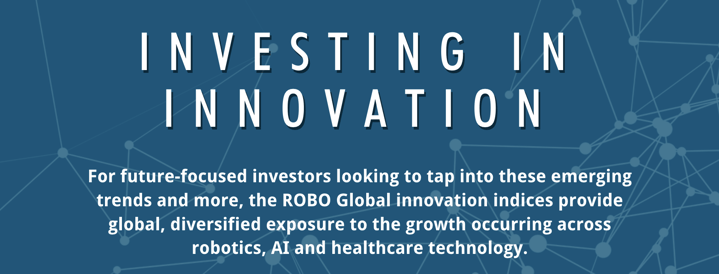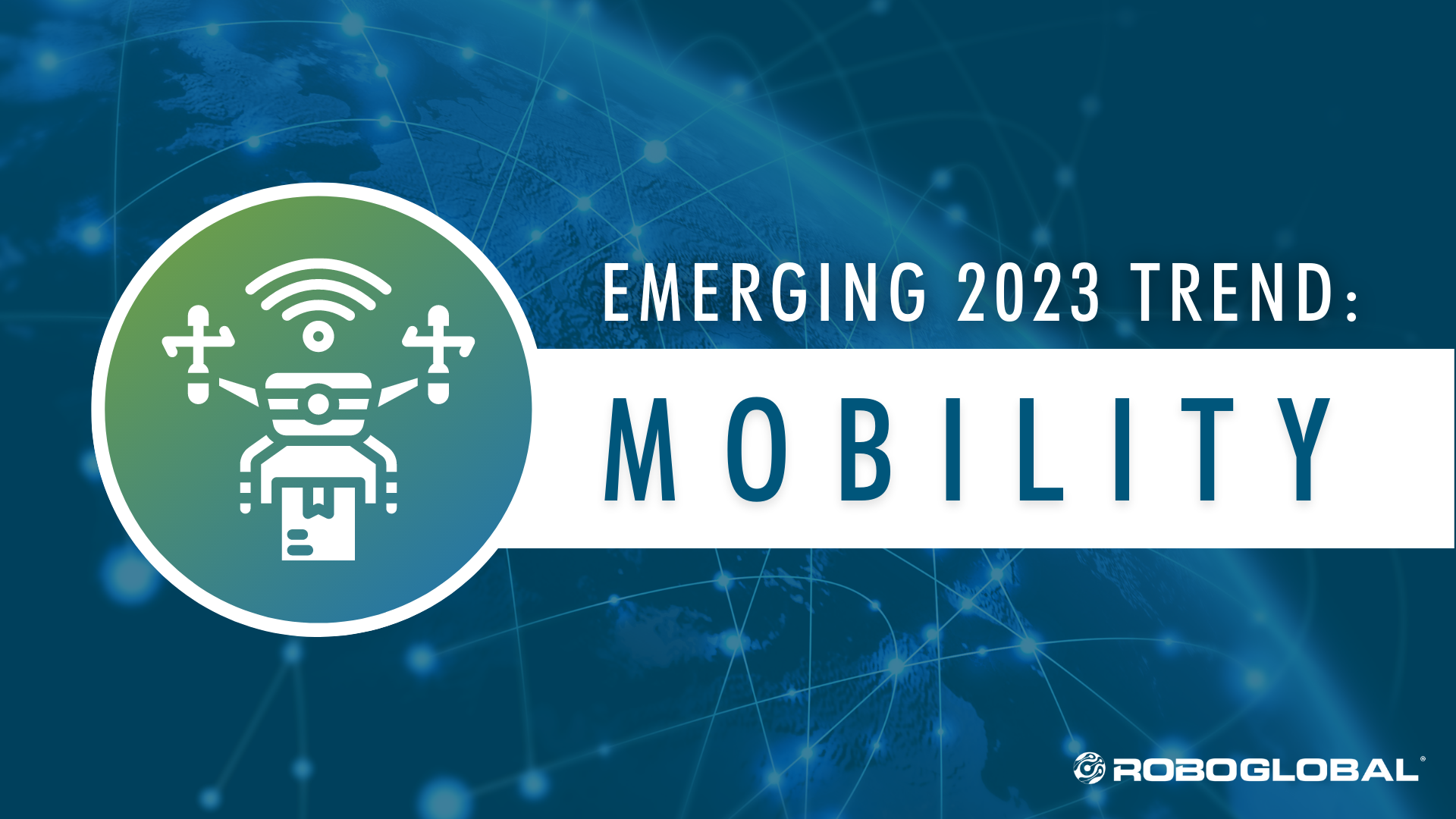The evolution of how humans move from place to place in our world is fascinating. It took centuries to evolve from traveling on foot to horseback to much more efficient modes of transportation, such as horse and carriage and massive ships to cross the sea. Then, in rapid succession, came the invention of trains, automobiles, and airplanes, all of which dramatically accelerated human mobility. In 2023, we will see another massive inflection point where our mobility will be redefined once again: this time thanks to autonomous systems enabled by connected, electric, and smart technologies. 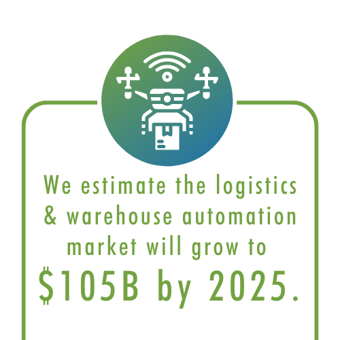
Autonomous systems are often equipped with sensors, AI, and analytical capabilities and include everything from robots to vehicles to warehouse/logistic technologies. Ultimately, these systems will be capable of making decisions and communicating with other devices. Once connected, these systems will enable safer, more efficient mobility for people and products to create a resilient, autonomous ecosystem.
These new applications are made possible thanks to advancements in deep learning, radar, lidar, and vision technologies. Sensors and algorithms that can automatically detect and classify objects and determine distance are paramount, while perception technologies used for behavior planning, route planning, and motion planning are beginning to take center stage.

AREAS WHERE AUTONOMOUS SYSTEMS ARE IMPROVING MOBILITY
In the Warehouse:
Smart robots, AI, and automation are revolutionizing the supply chain, allowing for better integration and efficiency in all stages of the fulfillment process. The speed, flexibility, and mobility of today’s robots prove that technology is more dexterous than ever before.
Companies involved in logistics automation:
- Kardex (ROBO: KARN)
- Zebra (ROBO: ZBRA)
- KION (ROBO: KGX)
- Daifuku (ROBO: 6383 JT)
- Ocado (ROBO: OCDO LN)
- Manhattan Associates (ROBO: MANH)
- AutoStore (ROBO: AUTO NO)

On the Road:
Autonomous long-haul trucks are fully loaded with route mapping, machine vision, and lidar to help watch the road for obstacles and safety signs. Self-driving trucks will allow for faster, safer delivery of goods at a time when demand is soaring and labor is hard to come by. Autonomous technology can improve fuel efficiency, assist fatigued drivers, and allow for faster delivery of goods. 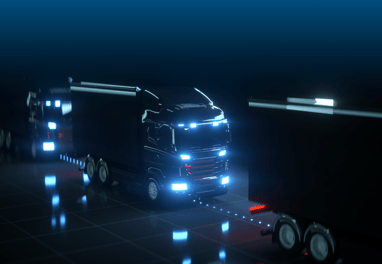
Companies involved in AV technology:
- Ambarella (ROBO & THNQ: AMBA)
- Luminar (ROBO: LAZR)
- Hexagon (ROBO: HEXAB SS)
- Infineon Technologies (THNQ: IFX)
- Qualcomm (ROBO: QCOM)
- Nvidia (ROBO & THNQ: NVDA)
In the Air:
Drones are enabling mobility to rise skyward. Drone technology can be used for a variety of otherwise challenging tasks, including inventory management, land surveying, and last mile delivery. The FAA has recently approved multiple new drone applications, including those for commercial usage, opening the door to future innovations and opportunities.
Companies involved in drone technology: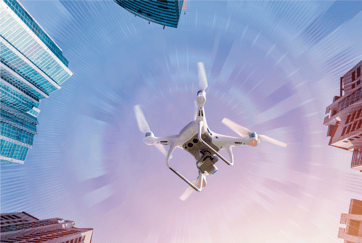
- Qualcomm (ROBO: QCOM)
- Ambarella (ROBO & THNQ: AMBA)
- Nvidia (ROBO & THNQ: NVDA)
- Analog Devices (THNQ: ADI)
As companies seek to streamline operations and speed production and manufacturing, demand for automation technology is accelerating rapidly. This increase in demand creates a significant opportunity for companies that manufacture or provide services for control and execution systems, electric motors and drives, sensors, regulators, and robotics. Autonomous systems are no longer a vision for the future: they are here now, to take mobility to a new level. As investors, we view this imminent shift toward modern mobility as one of the greatest opportunities in 2023 and beyond.
